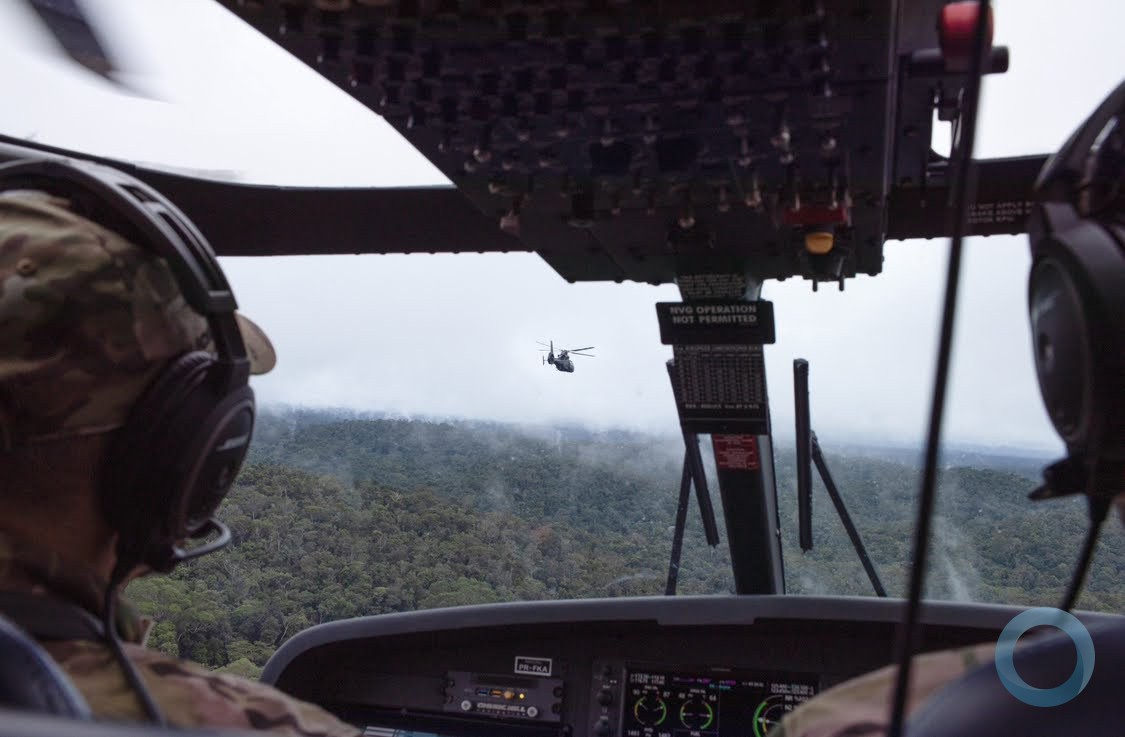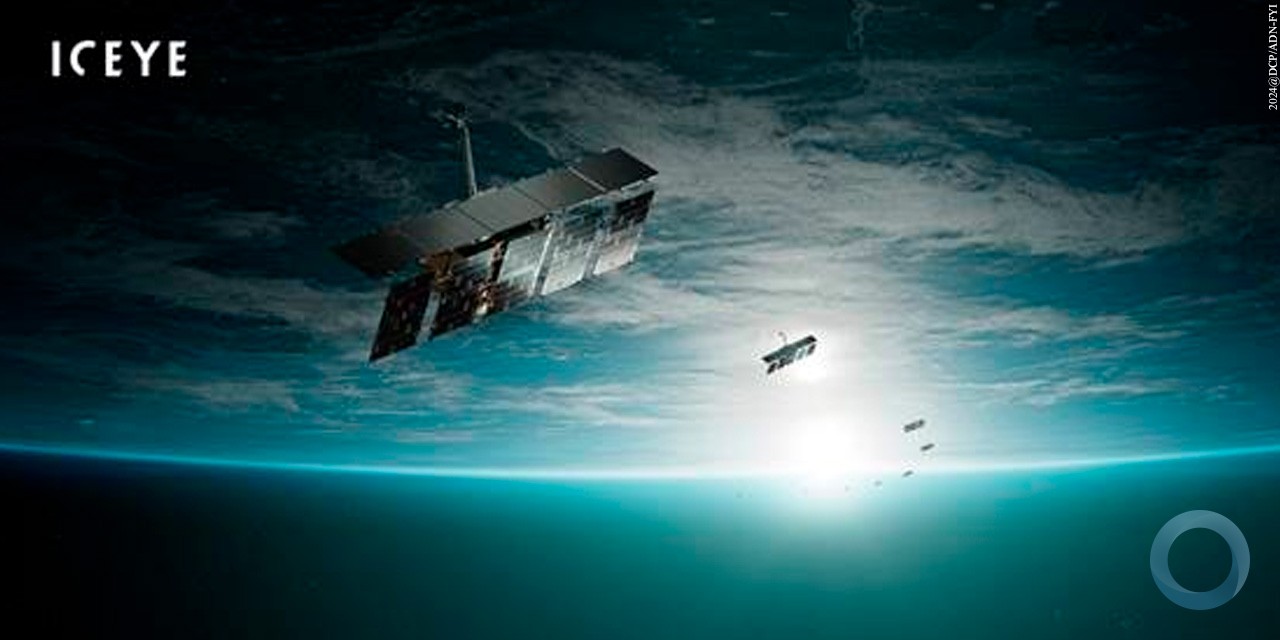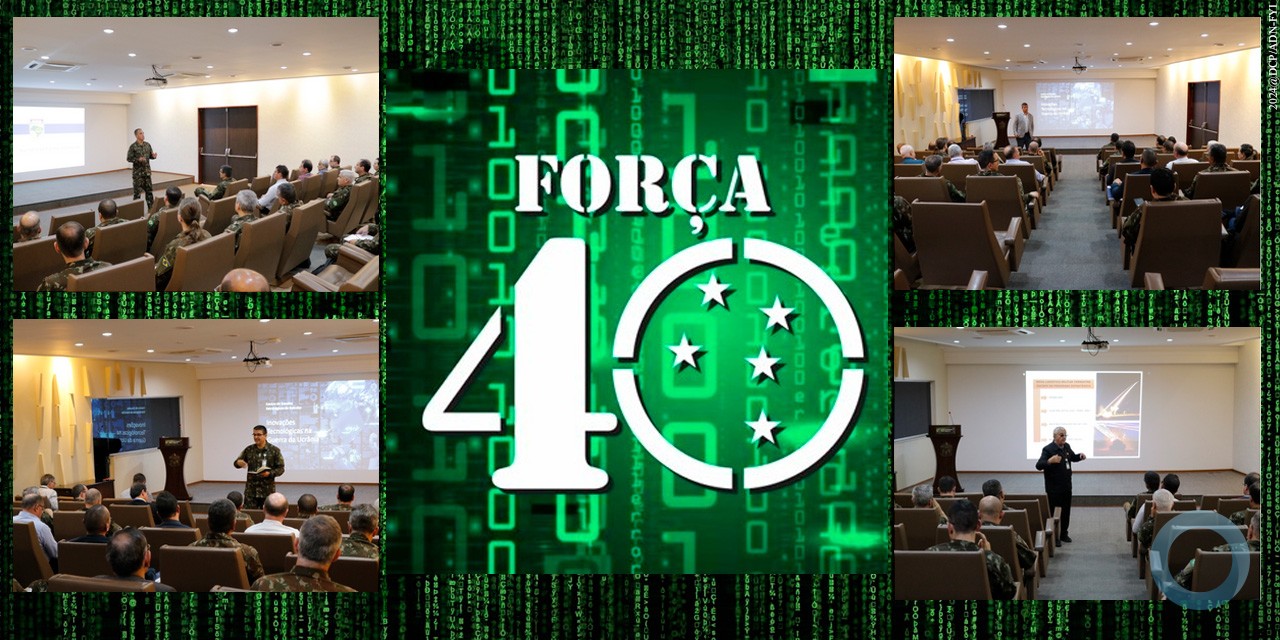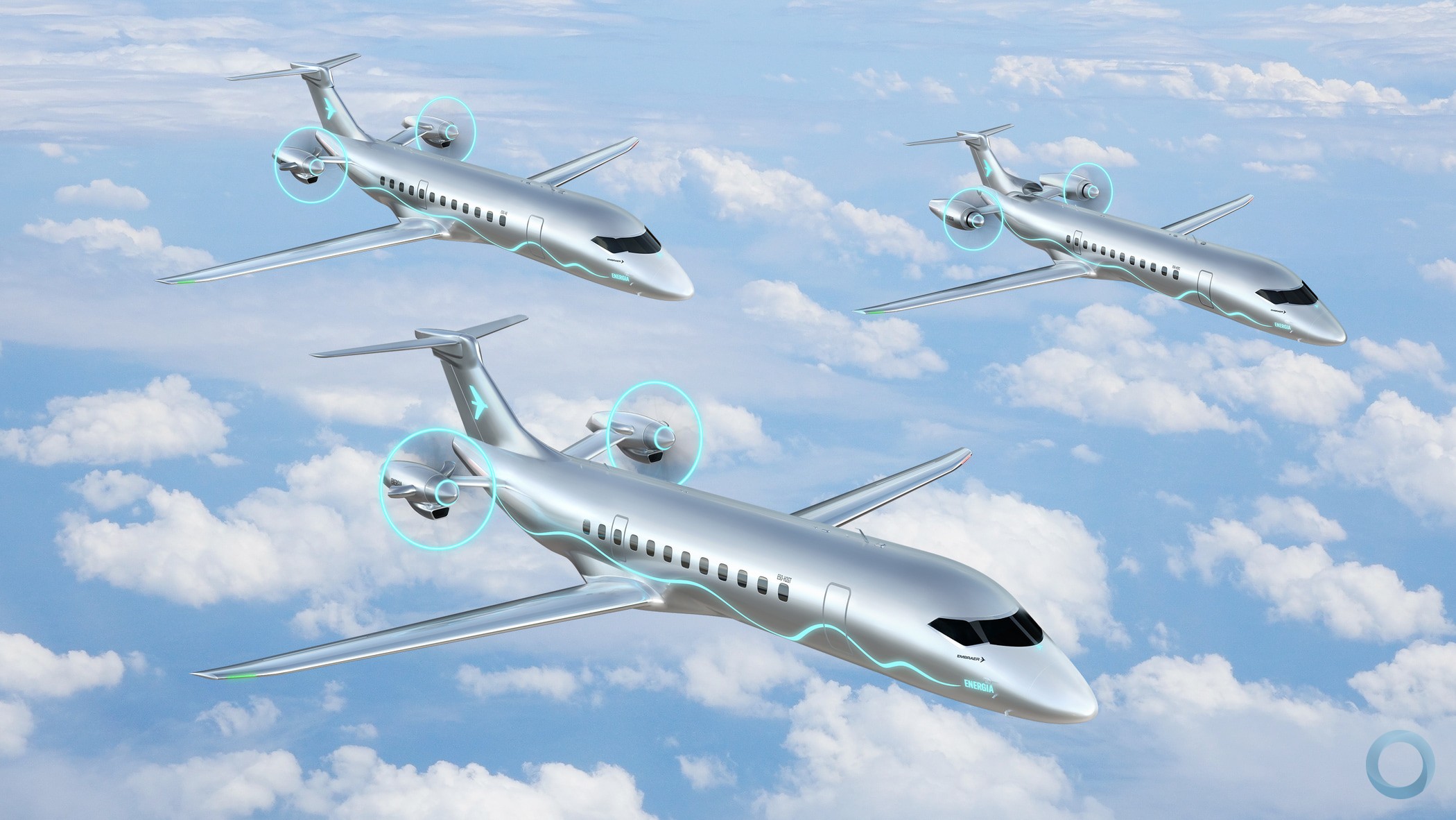IF THE weather holds and there are no unforeseen complications, then early in the morning on July 8th a woman and three men will ascend the launch tower at Florida’s Kennedy Space Centre, strap themselves into Atlantis, the last operational space shuttle, and, as the engines ignite, wait for the countdown to reach zero. Burning thousands of litres of rocket fuel every second and blasting superheated gas into the water-filled trench beneath the pad, the engines will kick up the vast gouts of steam and smoke that characterise a rocket launch.
Atlantis will rise on a pillar of fire, slowly at first but then faster and faster. As it heads east across the Atlantic, its flight will flatten from vertical to almost horizontal. Around two minutes after launch, the boosters on either side of the shuttle will fall away, followed shortly afterwards by the giant external fuel tank strapped to the spaceship. Eight-and-a-half minutes into the flight and the craft, now travelling at about 27,000kph (17,000mph), will reach orbit and the four astronauts will enjoy the rare privilege of seeing their home planet from space.
They will also fly into the history books. Their mission, to resupply the International Space Station (ISS), will be the shuttle’s last. After 30 years, 135 launches and two disasters, the shuttle programme is being scrapped. Atlantis, alongside its sister ships Endeavour, Discovery and the prototype Enterprise (named, following a campaign by fans, after the galaxy-trotting counterpart from “Star Trek”), will disperse to museums.
Related items
Billions of dollars will be saved, thousands of workers along Florida’s “Space Coast” (and thousands more farther afield) will lose their jobs, the ISS will rely on Russian, European and Japanese rockets for its supplies and the nation that won the space race by putting Neil Armstrong’s footprint on the moon with Apollo 11, will be without the ability to send astronauts into space. Any that do go will rent seats on the Russian rockets.
One for the space cadets
In one way, it is surprising that the shuttle lasted as long as it did, for the programme never really satisfied anyone. Authorised by Richard Nixon in 1969, the shuttle was a flying compromise. It fell between the desires of the “space cadets” who, fired by the success of the Apollo project, wanted to press on into the solar system, building a lunar base or perhaps sending men to Mars, and those who thought that the billions of dollars spent on the moon missions might be better used back on Earth.
The original plan called for building a shuttle fleet and an orbiting space station at the same time. But Nixon was unwilling to pay for both, so postponed the station (a cousin of which exists today, thanks in no small part to the Russians, in the form of the ISS). And although NASA, America’s space agency, is a civilian outfit, the American air force took a keen interest in the shuttle. Its cargo bay was designed to hold spy satellites, although the American military maintains its own space operation.
The shuttle was to be a multipurpose ship that would carry all of America’s government and commercial cargoes into space. Its biggest selling-point was its reusability, unlike other rockets which are discarded after one firing. Not having to build a fresh rocket for every mission ought to have brought down the cost of reaching orbit. But a fully reusable spacecraft proved too hard to build, which is why the shuttles carry a huge external fuel tank that is ditched into the ocean after each flight. The shuttle’s engines and the tiles that protect it from the heat of re-entry proved expensive to maintain, and divvying up work among different contractors added to the costs.
Engineers told Congress that shuttle missions might fly up to once a week, allowing NASA to amortise its development costs over lots of launches; in the event there have been only a handful each year. Estimates for the cost of a shuttle launch vary, but NASA claims about $450m a shot. Some independent observers reckon it is nearer $1.5 billion. The market for launching satellites is murky, but by comparison Russia’s expendable Proton rockets (which are almost unchanged since the 1960s and which have a similar cargo capacity to the shuttle) are thought to cost around a quarter of NASA’s figure for the shuttle.
Then there was safety. In 1986, after the failure of a gasket in one of its booster rockets, the shuttle Challenger disintegrated in mid-air shortly after lift-off, killing its crew of seven. In 2003, as it was re-entering Earth’s atmosphere, Columbia broke apart over Texas. It later emerged that the spacecraft’s heat shield had been damaged on launch, letting superheated air inside and tearing it apart. For an experimental spaceplane, two disasters in 135 missions is not a terrible record (the Apollo project was far more dangerous: of the 16 manned missions to use Apollo hardware, one suffered a fatal accident on the ground during tests and one was almost lost in space). But the shuttle was not sold to the public as an experimental craft. Worse, the reports into the two accidents slated NASA’s management style and internal culture, accusing the agency of complacency and recklessness. Both disasters, the reports concluded, had been accidents waiting to happen.
There were successes, too. One was the 1993 in-orbit repair of the Hubble Space Telescope; without astronauts to fit new lenses, the enormously expensive satellite would have been a flop. Disasters apart, the shuttle generally succeeded in at least one aspect of its mission: its regular launches (not to mention stunts such as flying a 77-year-old astronaut, and assorted senators and congressmen) made space travel seem routine, almost mundane—which helped to dampen public interest.
A compromise tends to leave everyone unhappy, and 30 years on so it proved with the shuttle. The costs continued to rankle with those who thought manned space flight a waste of money, and three decades spent stuck in low-Earth orbit never stopped frustrating those who wanted to go farther. Michael Griffin, a former NASA boss, argued in 2007 that the shuttle had cost so much money and time that it had held back the agency for decades. Had NASA persisted with the much bigger Saturn rockets that powered the moon missions, argued Mr Griffin, launch costs would be lower, the agency would have had more money for science and deep-space exploration, and astronauts might have visited Mars already.
The future, in theory at least
So, although the shuttle—which has been the icon of America’s space effort for a generation—will be missed, harder heads will be glad to see the decks cleared. Last year Barack Obama outlined his plans for the future of America’s space programme. Its most striking feature is to delegate the humdrum task of ferrying people and equipment to low-Earth orbit to the private sector. Rocketry is a mature technology, and NASA has always relied on using contractors to build its rockets and spacecraft. In future, private firms will run the missions as well. Later this year two spacecraft, one which has been designed by Orbital Sciences, a Virginia-based firm, and another by SpaceX, a Californian company run by Elon Musk, an internet entrepreneur, will make cargo runs to the ISS. The hope is that such craft will soon be able to carry humans too, and at a far lower cost than NASA’s efforts.
Liberated from the burden of having to service the ISS (which Mr Obama wants to keep until 2020, six years longer than originally planned), NASA will be free to concentrate on loftier goals. In 2010, when Mr Obama outlined his ideas, he spoke, somewhat vaguely, of a manned trip to a near-Earth asteroid, to be followed at some unspecified date in the 2030s by the ultimate space-cadet dream—a manned mission to Mars. To that end, NASA will spend billions of dollars developing new engines, propellants, life-support systems and the like. Even the shuttle will live on, in some sense, since the Space Launch System—the unromantic name of the beefy rocket needed to loft astronauts and cargoes into high orbits or farther into the solar system—will be built partly from recycled shuttle parts in an effort to save money and use familiar technology. And spending will be managed through fixed-price contracts instead of the “cost-plus” deals that helped to inflate the price of the shuttle.
It sounds sensible, in theory. But not everyone is convinced. Despite the warm words of the nation’s leaders, America’s manned space-flight programme has been becalmed in Earth orbit for decades. The George W. Bush-era Constellation project, for instance (later cancelled by Mr Obama), was supposedly going to be a return mission to the moon followed by a trip to Mars. It was described officially as “Apollo on steroids”, but after the budgetary details became clear, one former NASA manager glumly amended that to “Apollo on food stamps”.
Critics of the Obama plan point to vagueness and lack of detail, contrasting his speeches unfavourably with John Kennedy’s clear and specific demand in 1961 for a moon mission before the decade was out. Such references to past glories are symptoms of a broader problem. Space enthusiasts, politicians and the public are, almost half a century later, still living in the shadow of the magnificent achievements of the Apollo programme—achievements which seem all the more incredible as the years pass. Yet Apollo was a creature of a unique set of historical circumstances that are unlikely to be repeated.
The space race was an outgrowth of the development of ballistic-missile technology, it was fuelled by cold-war paranoia about Soviet science and it happened at a time when America’s leaders were willing to spend huge amounts on propaganda. Even then, there were critics and doubters—not least, in private, Kennedy himself. But his assassination sealed the deal, for what politician would dare to abandon the martyred president’s goal?
A more fundamental objection is that manned space flight is a waste of time. The flights are expensive (at the height of its Apollo-era pomp, NASA was sucking in around 4.4% of total government spending) and dangerous, and the benefits are hard to measure.
Even with 50 years of technological advances and assuming adequate cash and political will, a Mars mission would be harder than the ones to the moon. It would take six months to reach the red planet, compared with three days to the moon. Along the way the astronauts would be bombarded by cosmic radiation and risk being baked by unpredictable solar flares. Upon arrival it would take many minutes for radio messages to reach mission control, so the astronauts would have to deal with emergencies without external help. Better, say the doubters, to spend the money on scientific missions, such as Hubble’s successors, and leave exploration to the kind of robotic missions that have successfully roved about on the surfaces of Mars and Titan, one of Saturn’s moons. Robots are relatively cheap, hardy and leave no grieving families if something goes wrong.
None of this means that space will matter less. Earth orbit is and will remain a valuable place, as the swarms of satellites that circle the planet attest. Everything from logistics to farming, military surveillance, telecoms, weather monitoring, TV broadcasts and much more rely on satellites. This business will continue to prosper, rockets will continue to fly and the humble business of using space to improve life and make money back on Earth will carry on. Other space agencies, notably Russia’s, plan to continue exploring: Russia talks of a robotic base on the moon, and unmanned trips to the surface of Venus and the moons of Mars. Even manned space missions may have a commercial future of sorts, if companies like Virgin Galactic succeed in ferrying tourists to the edge of space for $200,000 a seat.
But the heroic phase of space exploration, with chiselled-jawed astronauts venturing where no man has gone before, inspiring schoolchildren and defending democracy (or socialism), is now a thing of the past. Mr Obama’s plan may revitalise NASA and send American astronauts into the solar system once again. But the agency’s history as a political football suggests it is unlikely.
On the other hand, space cadets are an optimistic lot. Robert Goddard, an early rocket pioneer and one of the fathers of manned space flight, endured decades of ridicule and died before his dreams became reality. A few hope for a modern rerun of the space race, with China or perhaps India providing the competition. Squint and it is just about possible to see some broad parallels with the 1960s: China and India are rising powers, developing rapidly and, outwardly at least, full of confidence; America is uncertain, weighed down by foreign misadventures and a misfiring economy.
China is the more advanced newcomer. In 2003 it became only the third country to put a human into orbit atop a rocket it had developed itself, instead of hitching rides on American or Russian spacecraft. Yang Liwei, then a lieutenant-colonel in the Chinese air force, spent 21 hours in space.
China moon
Since then, five more “taikonauts”, as Chinese astronauts are sometimes called, have been into orbit. China has bigger ambitions and, besides launching a slew of satellites to attract business for its Long March rockets, it plans to build a very small space station of its own, starting later this year. An unmanned sampling mission to the moon is pencilled in for 2017, with the objective of gathering lunar soil and returning it to Earth. By 2025 the goal is to send a manned mission there. Imagine the symbolism, wrote Bruce Sterling, a science-fiction author, if in the coming decades a spacecraft containing several young Chinese (or Indian) astronauts were to land on the moon, where the group would carefully fold away the American flag planted by Neil Armstrong and Buzz Aldrin, and plant their own flag in its stead.
Such an antagonistic gesture is unlikely. Parallels with the original space race can be overblown: after all, the modern world is very different from that of the 1950s and 1960s. America’s rivalry with China (and to a lesser extent India) is nothing like the life-and-death struggle against the Soviet Union. There is none of the paranoia and fear that marked the early cold war, and little desire to return to it. “Big science” and big governments are less trusted now. And space is, in some ways, old news. Even if the Chinese do arrive on the moon on schedule, it will be more than 60 years since the last Americans left.
Like Mr Obama’s aspirations for a Mars mission, China’s ambitious moon project is at an early stage of development and the dates seem somewhat elastic. China still has a smaller manned-space-flight infrastructure than Russia has. It doesn’t seem likely that the space race will start up again, but if it does, the decisions that kick it off will be taken in Beijing or New Delhi, not Washington, DC.
































